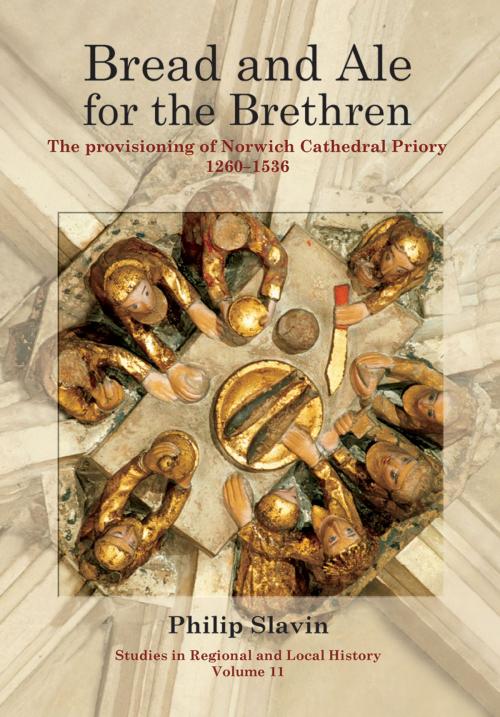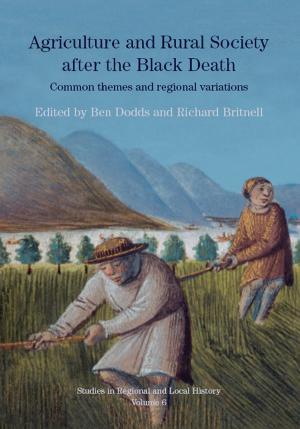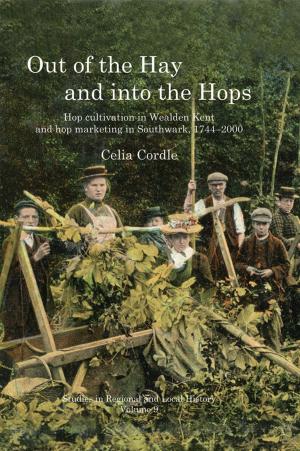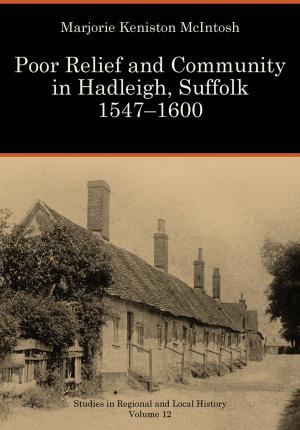Bread and Ale for the Brethren
The Provisioning of Norwich Cathedral Priory, 1260-1536
Nonfiction, History, Medieval, British| Author: | Philip Slavin | ISBN: | 9781907396724 |
| Publisher: | University Of Hertfordshire Press | Publication: | April 1, 2012 |
| Imprint: | University Of Hertfordshire Press | Language: | English |
| Author: | Philip Slavin |
| ISBN: | 9781907396724 |
| Publisher: | University Of Hertfordshire Press |
| Publication: | April 1, 2012 |
| Imprint: | University Of Hertfordshire Press |
| Language: | English |
Despite increased commercialization and an efficient network of local markets in 1300s Europe-as well as significant costs and risks associated with the production, transportation, and storage of food-some landed lords, monasteries, and convents continued to rely on the produce of their own estates. This detailed study sets out to account for the puzzling situation, covering the period between 1260 and 1536, with an in-depth analysis of the changing patterns and fortunes of the provisioning of Norwich Cathedral Priory. As it examines the entire process of food delivery from field to table, the record explores the question of food security within the context of the various crises in the 14th century, and also illustrates the aftereffects of the Black Death. Although providing unparalleled insight into the Priory, the book also serves as an important resource on understanding the Late Middle Ages economy of England and society during a time of upheaval.
Despite increased commercialization and an efficient network of local markets in 1300s Europe-as well as significant costs and risks associated with the production, transportation, and storage of food-some landed lords, monasteries, and convents continued to rely on the produce of their own estates. This detailed study sets out to account for the puzzling situation, covering the period between 1260 and 1536, with an in-depth analysis of the changing patterns and fortunes of the provisioning of Norwich Cathedral Priory. As it examines the entire process of food delivery from field to table, the record explores the question of food security within the context of the various crises in the 14th century, and also illustrates the aftereffects of the Black Death. Although providing unparalleled insight into the Priory, the book also serves as an important resource on understanding the Late Middle Ages economy of England and society during a time of upheaval.















